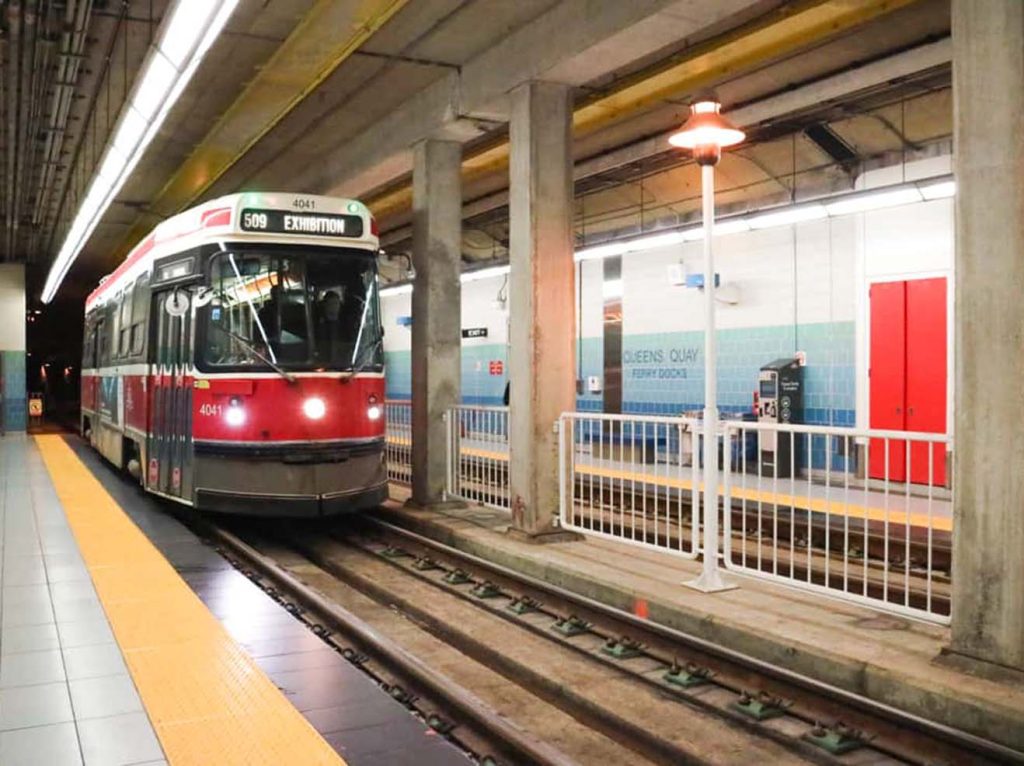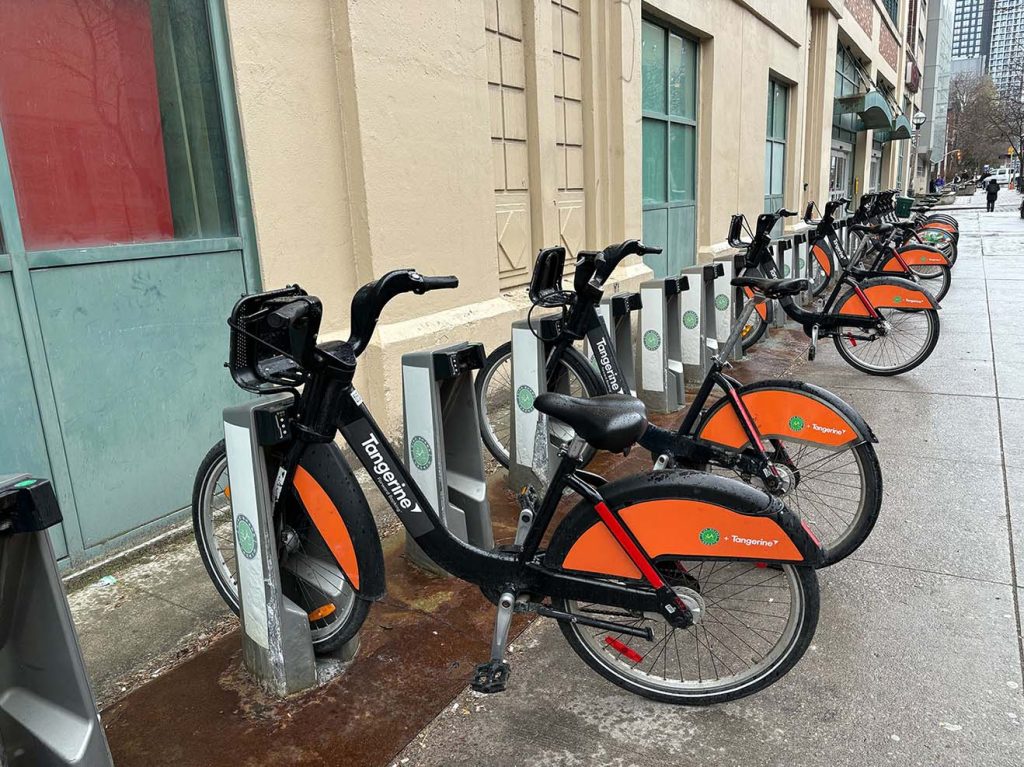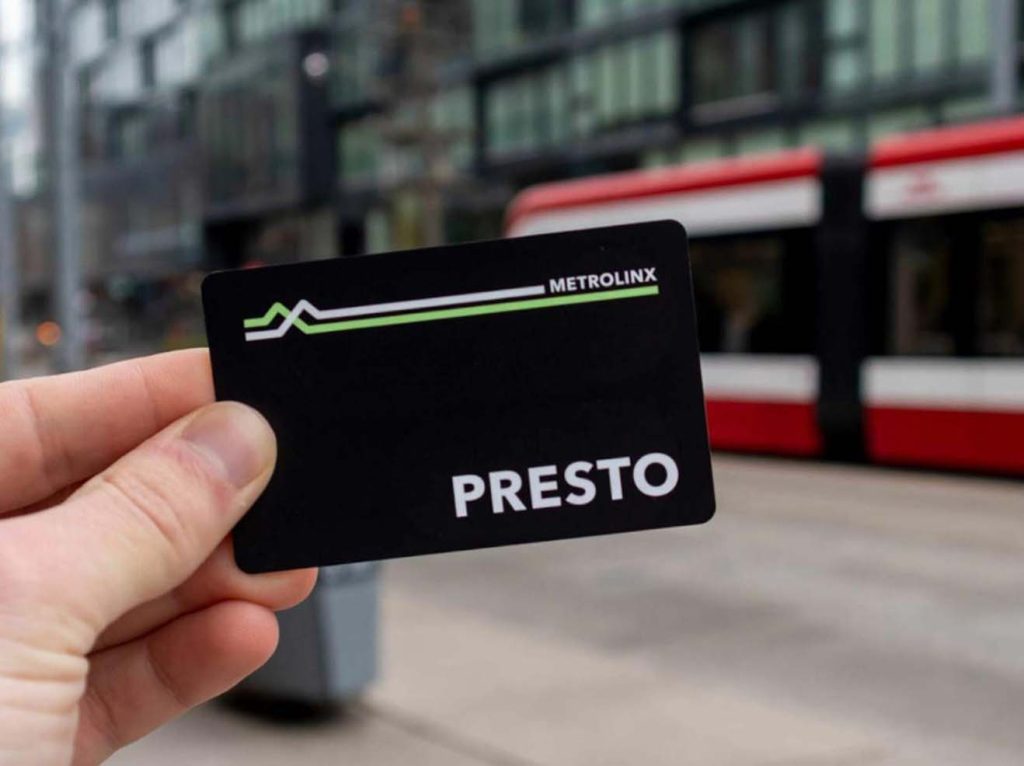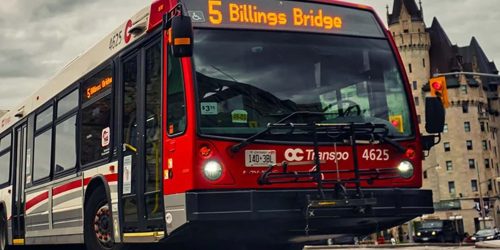Toronto Transportation Hacks: How to Navigate the City Like a Pro
Navigating Toronto, Canada’s largest city, can be both exciting and challenging. With its diverse neighborhoods, bustling downtown, and expansive suburbs, understanding the city’s transportation options is key to making the most of your visit. Whether you’re a first-time traveler or a seasoned explorer, mastering Toronto’s transportation system will make your experience smoother and more enjoyable. Based on my recent visit, here’s a comprehensive guide to help you navigate Toronto like a pro.
Toronto’s Transportation Network
Toronto’s transportation system is well-developed, with various options to suit different needs and preferences. Here’s a rundown of the primary modes of transportation available:
1. Subway System
Toronto’s subway system, operated by the Toronto Transit Commission (TTC), is the backbone of the city’s public transit network. The subway has four lines—Yonge-University, Bloor-Danforth, Scarborough RT, and Sheppard—connecting major areas and neighborhoods.

- Advantages: Fast and efficient, especially for traveling long distances across the city. It’s particularly useful for avoiding traffic congestion.
- Tips: Purchase a PRESTO card for convenient and discounted fares. The subway stations are generally clean and safe, but be mindful of your belongings during peak hours.
2. Streetcars
Toronto’s iconic streetcars are not only a mode of transportation but also a part of the city’s charm. Streetcars primarily run along major routes such as Queen Street and King Street, providing access to various neighborhoods.
- Advantages: They offer a scenic way to travel and are ideal for shorter distances or when you want to explore specific areas. Streetcars often operate on tracks embedded in the road.
- Tips: Pay attention to the schedule and routes, as streetcars may experience delays during rush hours or special events.
3. Buses
The TTC operates an extensive bus network covering areas not served by the subway or streetcars. Buses run throughout the city and the Greater Toronto Area (GTA), including routes that connect to suburban areas.
- Advantages: Buses offer comprehensive coverage and are useful for reaching destinations outside the downtown core.
- Tips: Check schedules in advance and use the TTC app or website to track real-time bus arrivals. Some routes may be subject to delays, so plan accordingly.
4. Bikes and Bike Share
Toronto is becoming increasingly bike-friendly, with numerous bike lanes and trails. The Toronto Bike Share program, known as Bike Share Toronto, allows you to rent bikes for short trips around the city.

- Advantages: Cycling is a great way to explore Toronto at your own pace and enjoy the outdoors. It’s also an eco-friendly option.
- Tips: Be aware of bike lanes and traffic rules. Wear a helmet for safety, and use a bike lock if you’re stopping for an extended period.
5. Taxis and Ride-Sharing Services
Taxis are readily available throughout the city, and ride-sharing services like Uber and Lyft are popular alternatives. Both options offer convenience, especially for door-to-door travel or late-night rides.
- Advantages: Provides a comfortable and direct way to get to your destination. Ride-sharing services often have app-based payment and tracking features.
- Tips: For taxis, consider using a reputable service or booking in advance. With ride-sharing, check for promotions or discounts through the app.
6. Car Rentals
If you prefer the flexibility of driving yourself, renting a car is a viable option. Toronto’s major car rental agencies offer a range of vehicles to suit your needs.
- Advantages: Ideal for day trips outside the city or if you’re traveling with a group. It offers freedom and convenience.
- Tips: Familiarize yourself with local driving rules and parking regulations. Be prepared for traffic and parking challenges in busy areas.
Getting Around Downtown Toronto
Downtown Toronto is a bustling area with numerous attractions, shopping districts, and dining options. Here’s how to navigate this vibrant part of the city:
1. Use Public Transit
The TTC subway and streetcar systems are excellent for exploring downtown. Key stations such as Union Station, St. Andrew, and Dundas provide easy access to popular attractions like the CN Tower, Royal Ontario Museum, and the Entertainment District.
- Pro Tip: Purchase a TTC Day Pass if you plan to use public transit extensively in one day. It offers unlimited travel on the TTC network for 24 hours.
2. Walk and Explore
Many downtown attractions are within walking distance of each other. Areas like the Distillery District, Queen Street West, and the Harbourfront are pedestrian-friendly and offer a wealth of things to see and do.
- Pro Tip: Wear comfortable shoes and carry a map or use a navigation app to find your way around. Exploring on foot allows you to discover hidden gems and local shops.
3. Bike Rentals
For a quicker way to get around downtown, consider renting a bike from Bike Share Toronto. The city’s bike lanes and paths make cycling a pleasant experience.
- Pro Tip: Use bike racks and ensure your bike is securely locked when not in use. Check the weather before heading out, as Toronto can experience sudden changes in weather.
Day Trips and Exploring Beyond Downtown
Toronto’s surrounding areas offer additional attractions and experiences. Here’s how to make the most of your time outside the city center:
1. Use GO Transit for Day Trips
GO Transit operates commuter trains and buses connecting Toronto with various cities and towns in the Greater Toronto Area (GTA) and beyond. Popular destinations include Niagara Falls, Hamilton, and Guelph.
- Pro Tip: Purchase GO Transit tickets or passes in advance to save time. Check schedules and plan your trip to ensure you have enough time to explore your destination.
2. Drive to Nearby Attractions
Renting a car gives you the flexibility to explore places like Niagara Falls, the Toronto Islands, or regional wineries. Driving provides convenience and allows for spontaneous stops along the way.
- Pro Tip: Plan your route and check for parking options at your destination. Make sure to account for travel time and any potential traffic delays.
Transportation Hacks for a Smooth Experience
Here are some practical tips and hacks for navigating Toronto efficiently:
1. Get a PRESTO Card
The PRESTO card is a reusable smart card that allows for seamless travel on TTC subways, streetcars, and buses, as well as on GO Transit. It’s a convenient way to pay for transit and can be loaded with various amounts of money.

- Pro Tip: Register your PRESTO card online to protect your balance in case it’s lost or stolen. You can also add funds and check your balance through the PRESTO app.
2. Download Essential Apps
Several apps can make your transit experience easier:
- TTC App: Provides real-time updates on bus and streetcar arrivals, route planning, and service alerts.
- Google Maps/Waze: Useful for navigating the city, checking traffic conditions, and finding alternate routes.
- Bike Share Toronto App: Allows you to find and rent bikes, locate docking stations, and manage your rental.
3. Plan for Peak Hours
Toronto’s public transit system can get crowded during rush hours, typically between 7:00 AM – 9:00 AM and 4:00 PM – 6:30 PM. If possible, plan your travel outside these peak times to avoid congestion.
- Pro Tip: Check the transit schedules and try to travel during off-peak hours for a more comfortable experience.
4. Know the Parking Rules
If you’re driving in Toronto, familiarize yourself with parking regulations and meter payments. Many areas require payment through parking meters or apps, and there are strict rules to avoid fines.
- Pro Tip: Use the Green P Parking App to find available parking spots and manage payments easily. Be aware of street cleaning schedules and time restrictions.
5. Prepare for Weather Changes
Toronto’s weather can vary greatly, so be prepared for sudden changes. In winter, roads may be icy, and public transit can experience delays. In summer, high temperatures may affect bike and car travel.
- Pro Tip: Check the weather forecast before heading out and adjust your travel plans accordingly. Dress in layers and carry an umbrella or water bottle if needed.
Navigating Toronto doesn’t have to be overwhelming. By understanding the city’s transportation options and employing these tips and hacks, you can move around with ease and make the most of your visit. Whether you’re exploring downtown, venturing on day trips, or driving yourself, Toronto offers a range of transportation solutions to suit every traveler’s needs. With a little planning and the right tools, you’ll be well on your way to experiencing all that this vibrant city has to offer.





